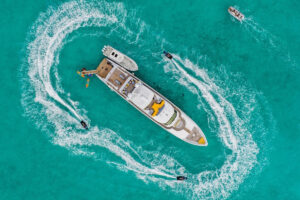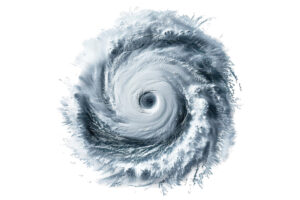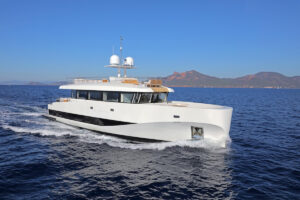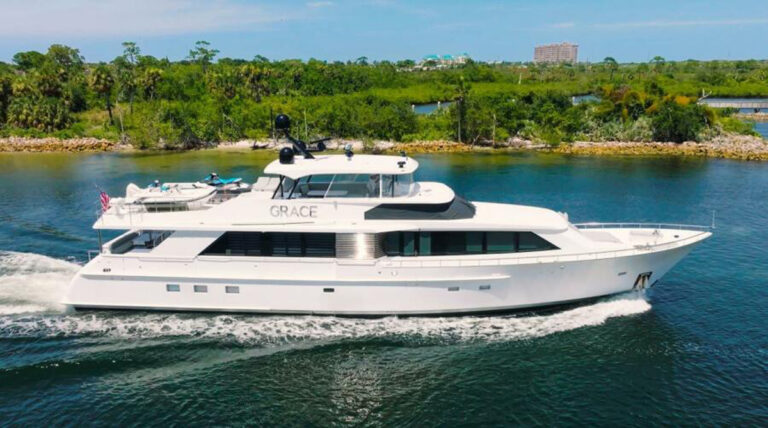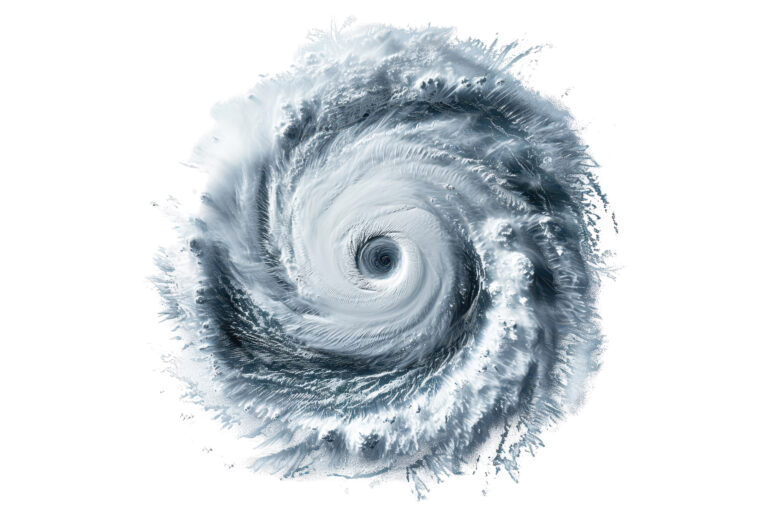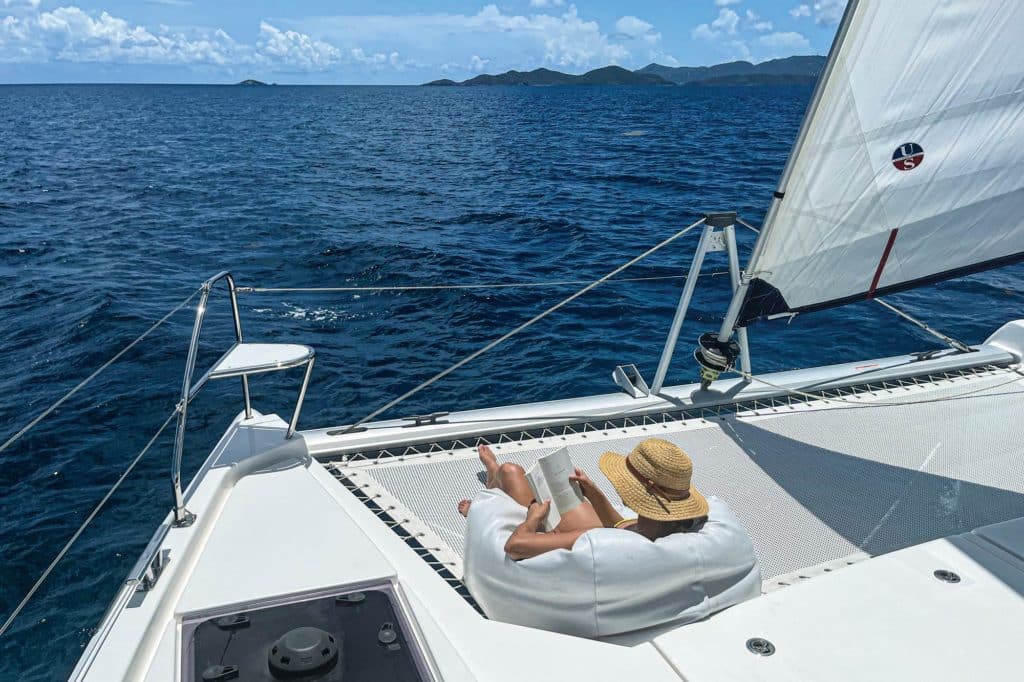
In the winter months of December through April, the high season of Caribbean bareboat chartering, the Sir Francis Drake Channel that courses through the cruising paradise known as the British Virgin Islands is surely one of the world’s busiest, most picturesque yachting destinations. Named after yet another pioneering British seafarer, the thoroughfare bisects the main island of Tortola, to the north, with a series of popular smaller isles (Norman, Peter, Salt, Cooper) to the south. In the busy weeks and months starting around Christmas, the channel is trafficked by an astounding number of chartered boats, ferries, inter-island traders and private cruising craft. It’s quite the scene to swallow.
I’d been to the BVI on multiple occasions over the years, always during busy season. These islands have been referred to as a “nautical theme park,” and with good reason; such is the wealth of fine trade-wind sailing; taut anchorages; great snorkeling; countless beach bars; and all the related waterfront attractions on which the reputation has been built. Still, I’d always wondered what these islands were like in the offseason, the summer months during hurricane season when activity crawls to a standstill.
Last August, while on a fingers-crossed journey to Tortola to shoot a series of videos for The Moorings (one of the BVI’s most popular charter outfits), I got my answer. What, exactly, is happening in the BVI in the summertime? A whole lot of not much.
It’s understandable. The last truly vicious storm to rake these islands—Hurricane Irma in 2017—was named a tropical storm on August 30 and spent the next couple of weeks wreaking major Caribbean havoc. It’s no wonder that many charter operators haul or stash much of their fleet in hurricane holes for the summer’s last weeks. But the summer months of 2022 were odd indeed; in fact, it was the first August in 25 years that the Atlantic basin did not generate a single named storm. One theory for this was that the dry Sahara air and dust that permeated the Eastern Atlantic for months tamped down the formation of tropical systems.
So, we proceeded cautiously with our video plans and, save for an occasional quick squall, were rewarded with fantastic weather. Which actually made the entire trip even stranger. Why were we the only ones enjoying it?
The Soggy Dollar Bar in Jost Van Dyke happened to be doing brisk bit business on the afternoon we visited, but not for long: The beach umbrellas were yanked by 5 p.m., and the bar closed down soon after. On Norman Island, another popular watering hole called Pirates Bight was completely closed, and nary an inebriated soul stumbled across the infamous deck of the nearby floating bar known as the Willy T. On the beach and grottoes known as The Baths on Virgin Gorda, the few people in attendance were locals. Everywhere, in every harbor, empty mooring balls bobbed in the waters as far as the eye could see.
That even included the Indians, a set of four rocky islets near Norman where every vacationing sailor worth his swim fins must enjoy a snorkel. Sometimes in the high season, boats jockey for hours to pick up a mooring. We nailed the closest one to the cliffs and had our choice of several more. It was fantastic. Yet eerie.
So too was our last day in the BVI, when we took a cat out on the Sir Francis Drake for one final sail and some drone shots. There, smack-dab in the middle of the whitecap-flecked waters, we were the sole vessel underway, our wake the only one in sight. As souvenirs of sailing trips go, I’ll take that one every time.

